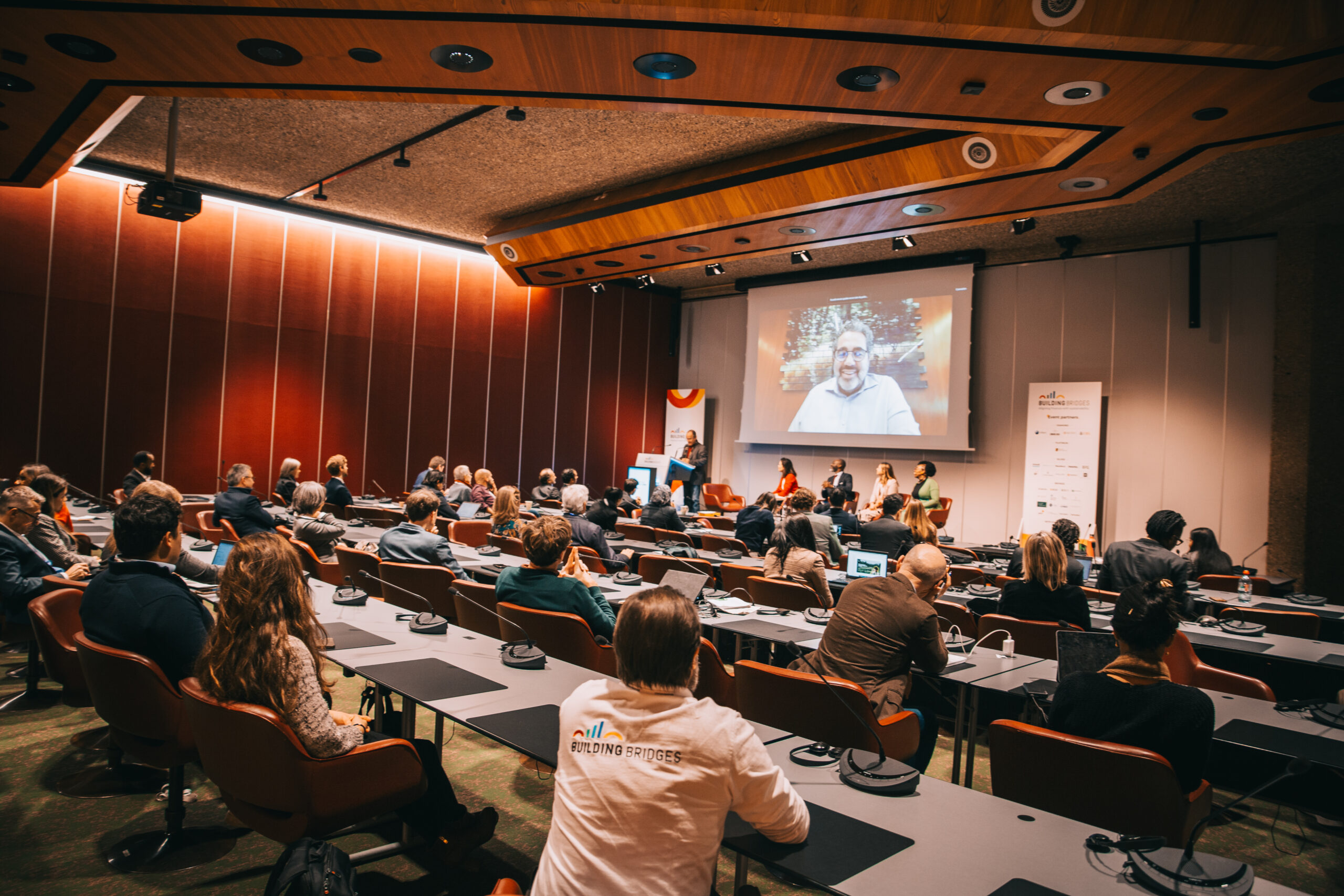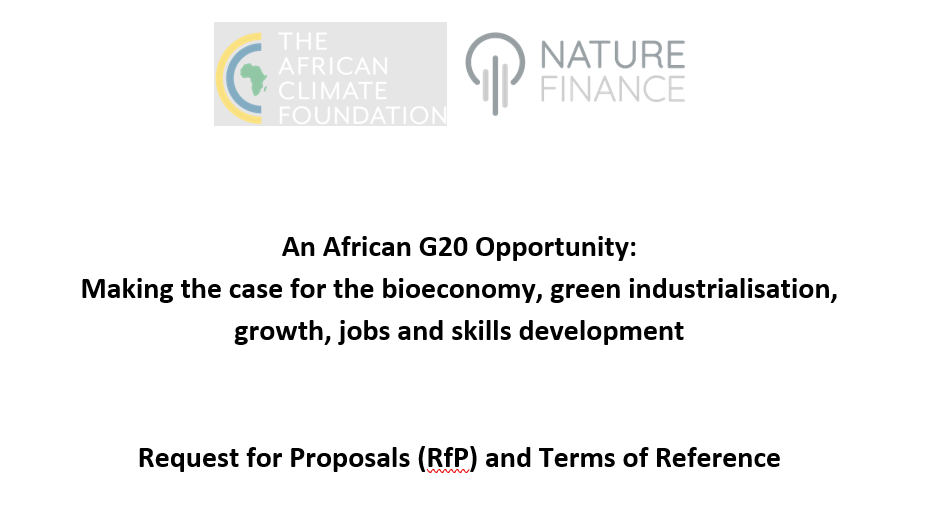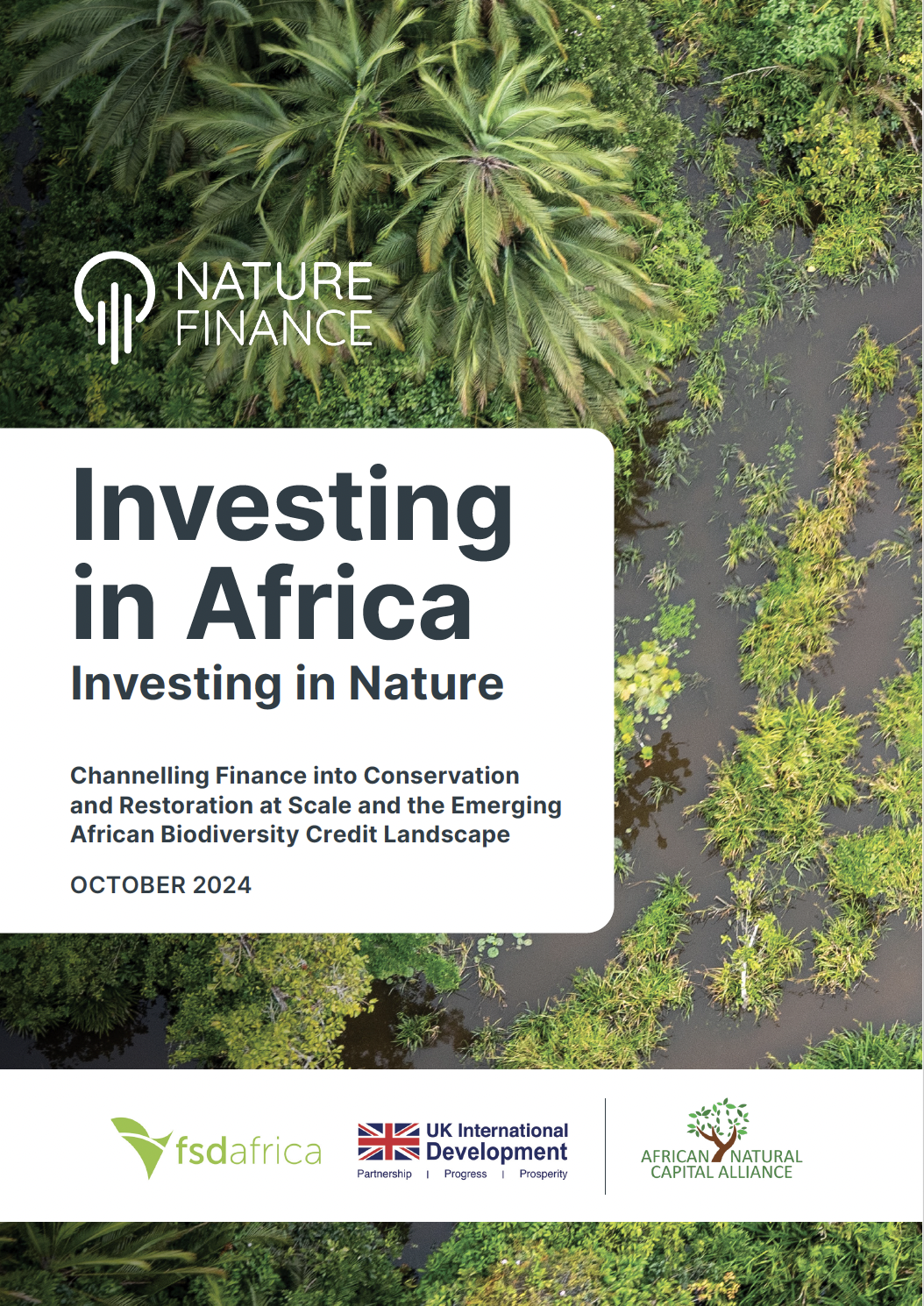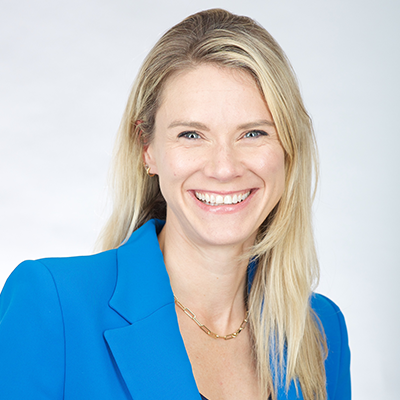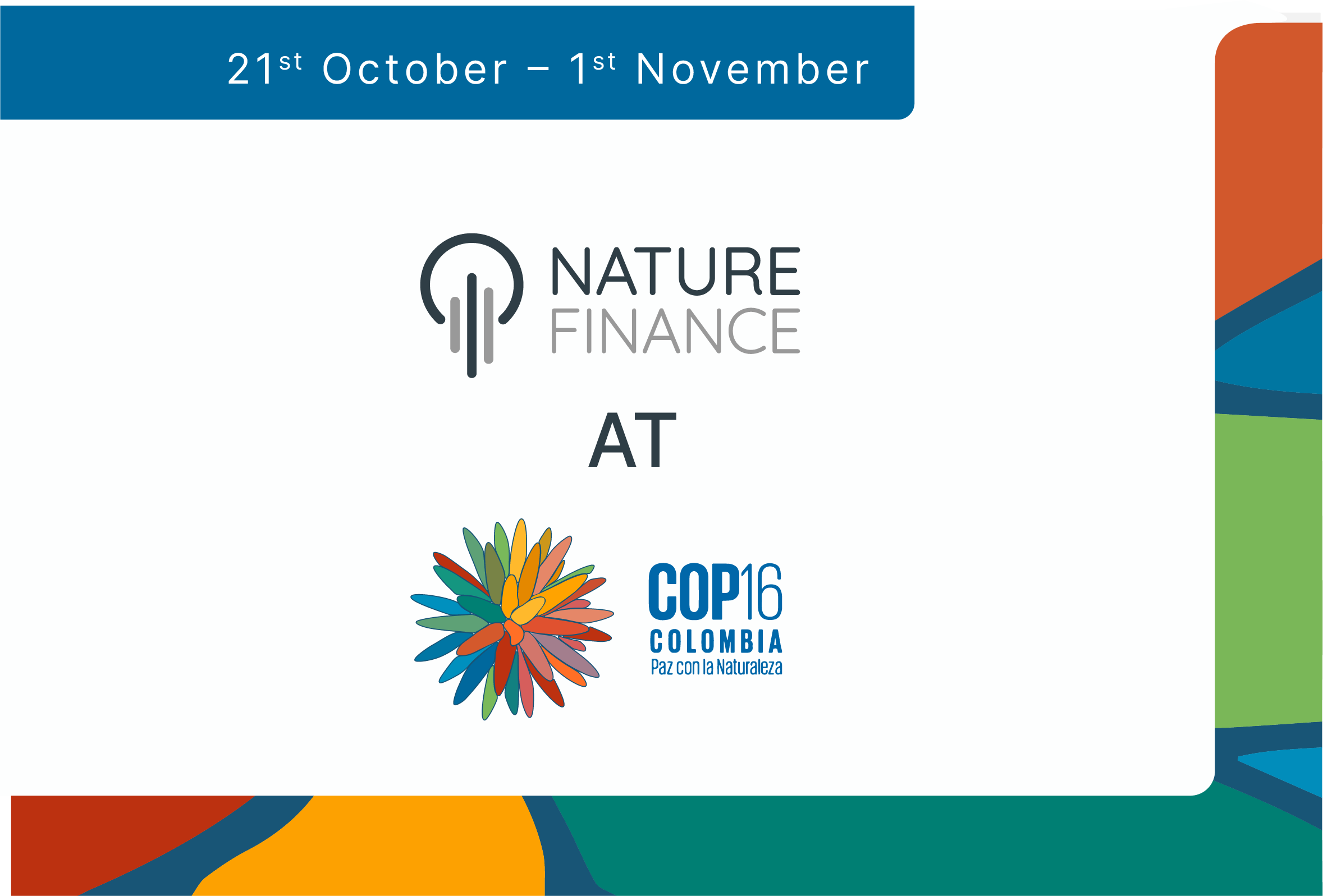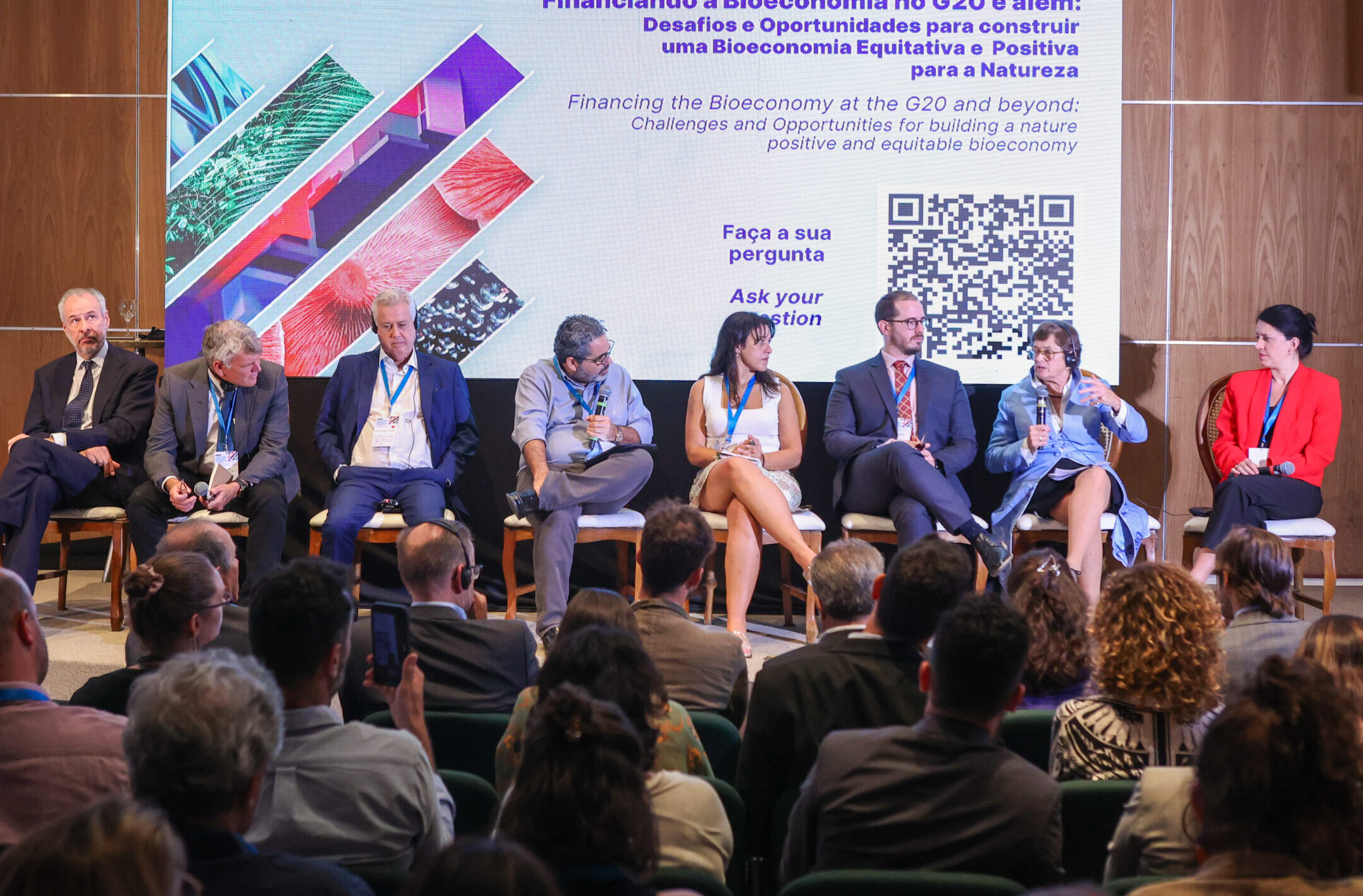Last week’s annual World Economic Forum meeting, colloquially known as Davos, was held against a backdrop of escalating geopolitical tensions, evolving economic policies, and rapid technological advancements.
The conference’s theme was “Rebuilding Trust,” and many sessions focussed on shorter term-challenges identified in WEF’s 2024 Annual Risk Report, including misinformation and disinformation, cyber security and social polarisation. WEF’s top four longer-term risks however are all environmental.
NatureFinance co-hosted with InTent a session on “Planning for a Future beyond 1.5°C”, acknowledging a changing reality, a changing reality marked by a packed room at the SDG Tent and hundreds of people on the waiting list.
The session followed the publication of a new thought piece on the changing state of the climate and dialogues initiated at COP8 in Dubai with GLOBE legislators and business leaders.
A key aim was to hear from business, finance, academia, and civil society how they are approaching the increasing likelihood of a far more disrupted future than hoped or previously planned for.
A crucial point of discussion was how to unlock radical innovation to better prepare for that future. Many contributors linked it back to the conference’s theme in calling for a reset of global finance in the face of growing inequalities.
Alongside this common embracing of the urgent need for ambitious action, common themes from diverse voices aligned on:
- A refocusing of efforts towards systems transformation, and away from optimising the status quo
- The need to deal with the risks of ‘maladaptation’ investments as the likelihood of extreme weather events increases.
- The need to work at the local level to support positive responses to emerging future scenarios to protect citizens.
- The need to commit to mechanisms – such as “just transition funds” – that would help build solidarity between communities

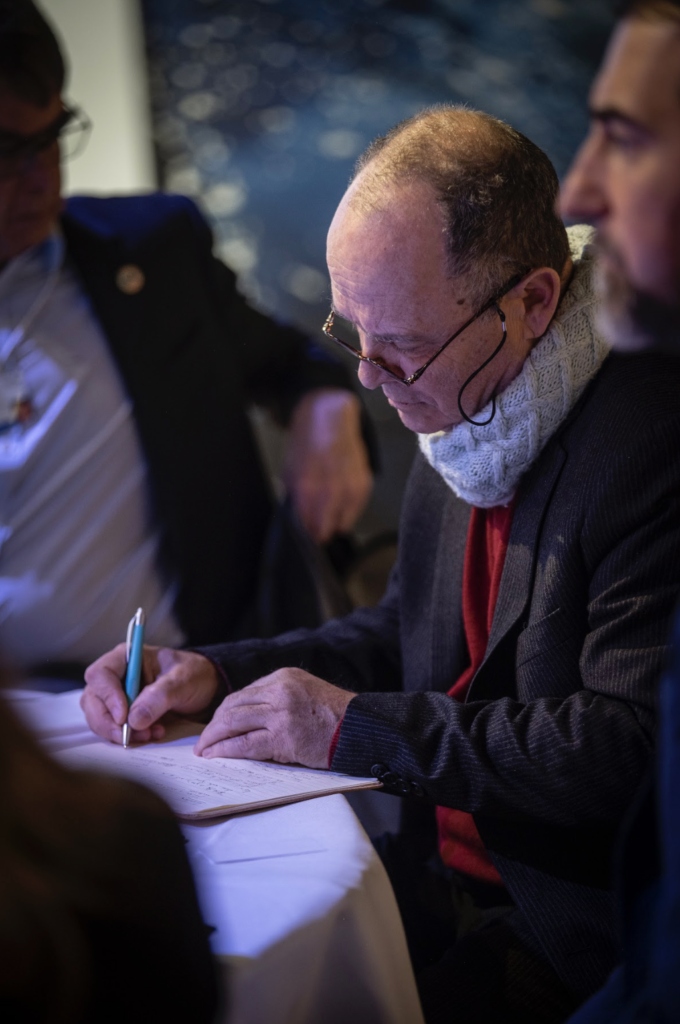
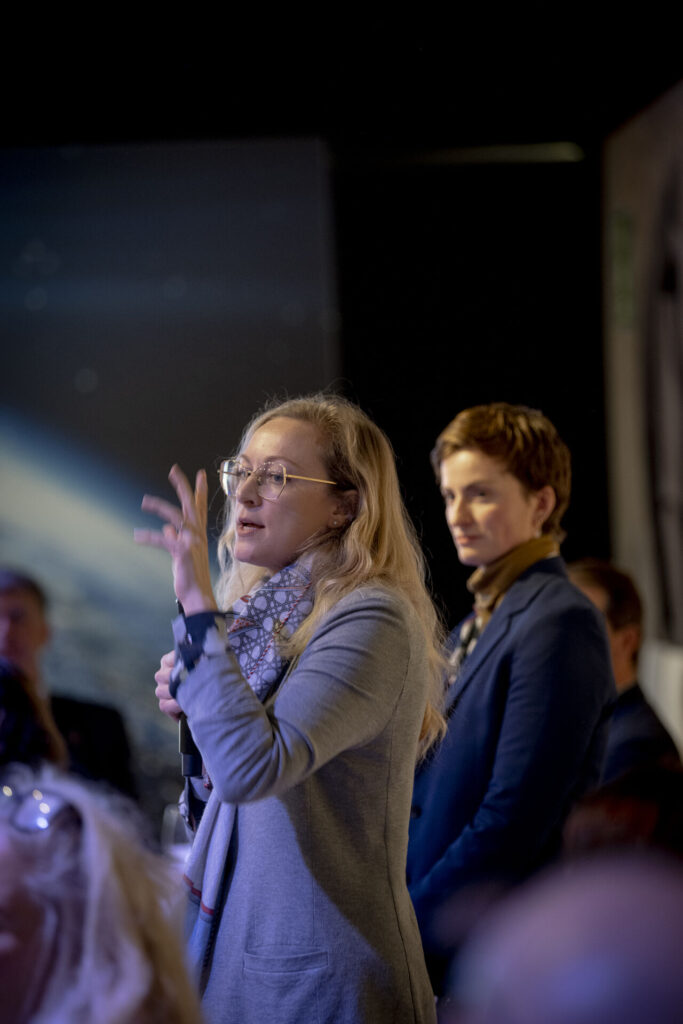
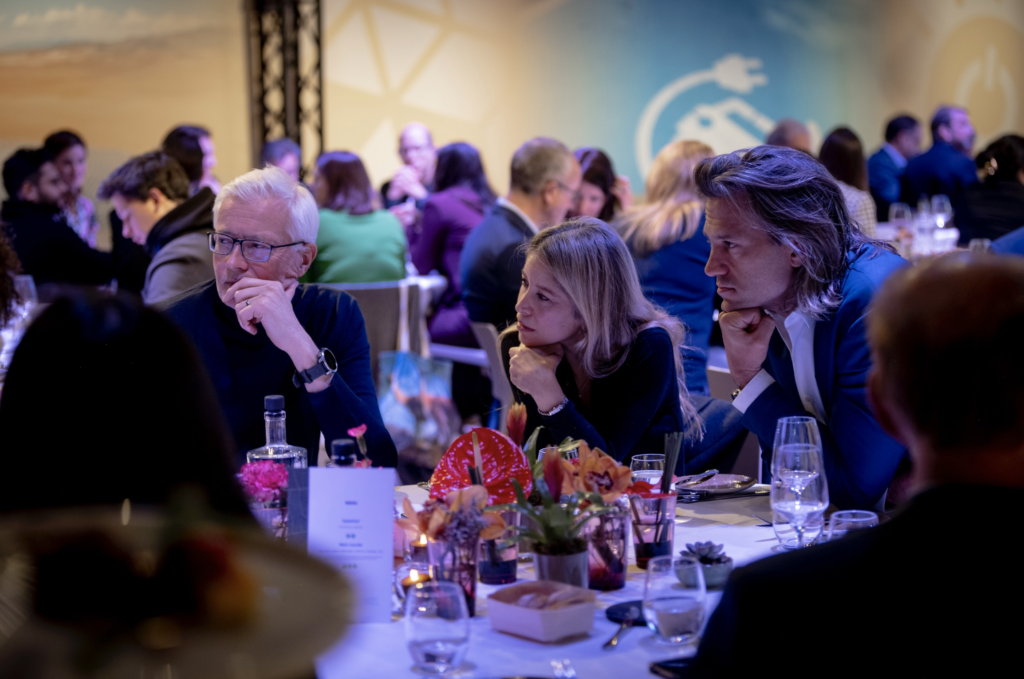
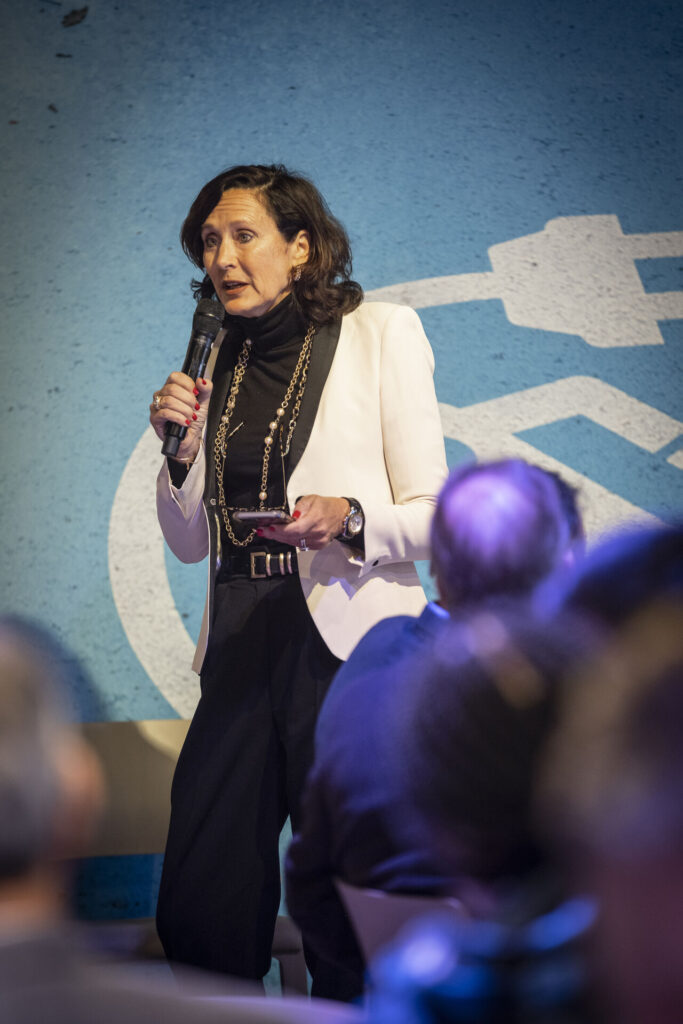
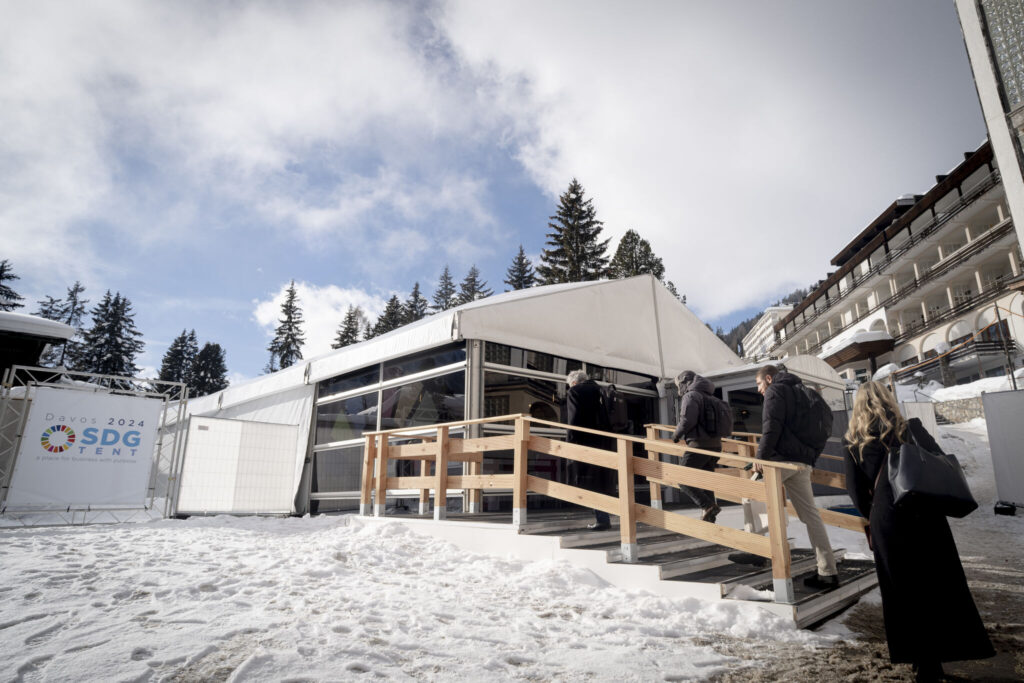
As Marco Lambertini, Convenor of the Nature Positive Initiative, said, “We can no longer hide behind a finger.” Facing a future beyond our political imagination and existing global commitments must trigger action that until now was considered too unconventional, risky or painful.

